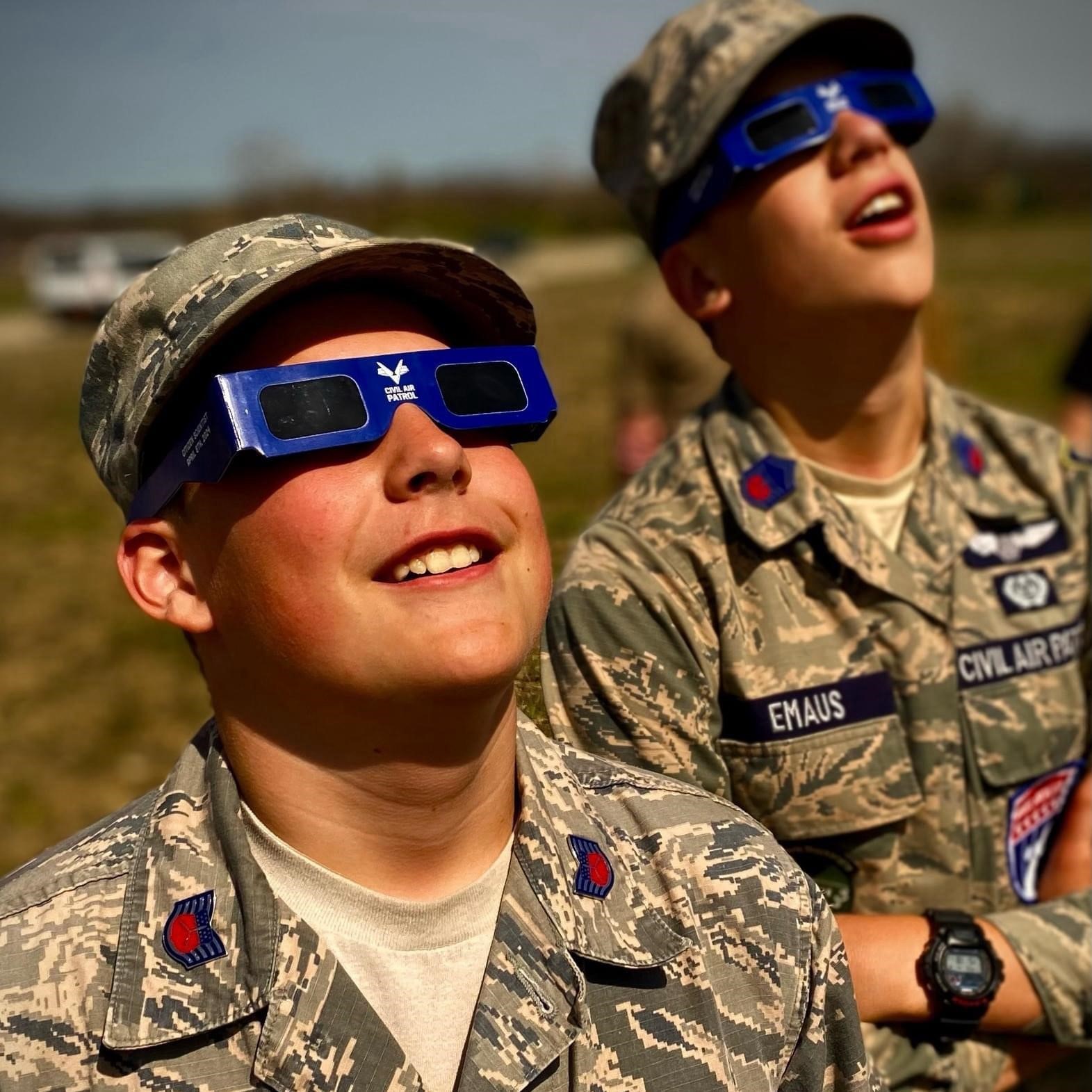4 min read Preparations for Next Moonwalk Simulations Underway (and Underwater) A SWOT data visualization shows water on the northern side of Greenland’s Dickson Fjord at higher levels than on the southern side on Sept. 17, 2023. A huge rockslide into the fjord the previous day led to a tsunami lasting nine days that caused seismic rumbling around the world. NASA Earth Observatory Data from space shows water tilting up toward the north side of the Dickson Fjord as it sloshed from south to north and back every 90 seconds…
Read MoreTag: Earth Science
Autumn Leaves – Call for Volunteers
Earth Observer Earth Home Earth Observer Home Editor’s Corner Feature Articles Meeting Summaries News Science in the News Calendars In Memoriam More Archives 3 min read Autumn Leaves – Call for Volunteers The Global Learning and Observations to Benefit the Environment (GLOBE) Program is calling on volunteers of all ages to help students and citizen scientists document seasonal change through leaf color and land cover. The data collection event will support students across North America, Latin America, Central America, and Europe, who are working together to document the seasonal changes…
Read MoreKites in the Classroom: Training Teachers to Conduct Remote Sensing Missions
Learn Home Kites in the Classroom:… Earth Science Overview Learning Resources Science Activation Teams SME Map Opportunities More Science Activation Stories Citizen Science 3 min read Kites in the Classroom: Training Teachers to Conduct Remote Sensing Missions The NASA Science Activation program’s AEROKATS and ROVER Education Network (AREN), led by Wayne Regional Educational Service Agency (RESA) in Wayne County, MI, provides learners with hands-on opportunities to engage with science instruments & NASA technologies and practices in authentic, experiential learning environments. On July 25, 2024, the AREN team held a…
Read MoreHigh-Altitude ER-2 Flights Get Down-to-Earth Data
3 min read Preparations for Next Moonwalk Simulations Underway (and Underwater) Francisco Rodriguez (aircraft mechanic) services liquid oxygen or LOX on the ER-2 during the Geological Earth Mapping Experiment (GEMx) research project. Experts like Rodriguez sustain a high standard of safety on airborne science aircraft like the ER-2 and science missions like GEMx. The ER-2 is based out of NASA’s Armstrong Flight Research Center in Edwards, California. NASA/Steve Freeman Operating at altitudes above 99% of the Earth’s atmosphere, NASA’s ER-2 aircraft is the agency’s highest-flying airborne science platform. With its…
Read MoreS-MODE, ASIA-AQ, and the Role of ESPO in Complex Airborne Campaigns
7 min read Preparations for Next Moonwalk Simulations Underway (and Underwater) Jhony Zavaleta, ASIA-AQ Project Manager, welcomes DC-8 Navigator Walter Klein and the rest of the aircraft crew to U-Tapao, Thailand for its initial arrival to the country during the ASIA-AQ campaign. Erin Czech (back, blue shirt) and Jaden Ta (front, black pants) served as part of the Thailand ESPO site management team, while Zavaleta and Sam Kim (far right) worked as the ESPO advance team to prepare each new site for the mission’s arrival. NASA Ames/Rafael Luis Méndez Peña…
Read MoreWhat is Air Quality?
5 min read Preparations for Next Moonwalk Simulations Underway (and Underwater) Clean air is essential for healthy living, but according to the World Health Organization (WHO), almost 99% of the global population breathes air exceeding their guideline limits of air pollution. “Air quality is a measure of how much stuff is in the air, which includes particulates and gaseous pollutants,” said Kristina Pistone, a research scientist at NASA Ames Research Center. Pistone’s research covers both atmospheric and climate areas, with a focus on the effect of atmospheric particles on climate…
Read MoreWhat is a Coral Reef?
7 min read Preparations for Next Moonwalk Simulations Underway (and Underwater) Juvenile black, white, and yellow-striped Bluehead wrasse fish dart in and out of a dead colony of pillar coral (Dendrogyra cylindrus), now covered in various algae, in the waters of Playa Melones, Puerto Rico. NASA Ames/Milan Loiacono Coral reefs cover only 1% of the ocean floor, but support an estimated 25% of all marine life in the ocean, earning them the moniker ‘rainforest of the sea.’ They also play a critical role for coastal communities; preventing coastal erosion, protecting…
Read MoreOpenET: Balancing Water Supply and Demand in the West
15 min read Preparations for Next Moonwalk Simulations Underway (and Underwater) At the end of 2022, 65 percent of the Western United States was in severe drought, the result of a two decades long mega drought in the Colorado River Basin that had captured headlines around the world. However, it was flooding, not drought, that was making headlines when we began our research for this story about OpenET, a revolutionary new online platform geared towards helping farmers and water managers monitor and reduce water use in watersheds where supplies were…
Read MoreConnected Learning Ecosystems: Educators Learning and Growing Together
Learn Home Connected Learning Ecosystems:… Earth Science Overview Learning Resources Science Activation Teams SME Map Opportunities More Science Activation Stories Citizen Science 3 min read Connected Learning Ecosystems: Educators Learning and Growing Together On August 19-20, 53 educators from a diverse set of learning contexts (libraries, K-12 classrooms, 4-H afterschool clubs, outdoor education centers, and more) gathered in Orono, Maine for the Learning Ecosystems Northeast (LENE) biannual Connect, Reflect, & Plan Connected Learning Ecosystems (CLEs) Gathering. These gatherings are meant to foster meaningful connections and collaborations and shared knowledge…
Read MoreGLOBE Eclipse and Civil Air Patrol: An Astronomical Collaboration
Learn Home GLOBE Eclipse and Civil Air… Earth Science Overview Learning Resources Science Activation Teams SME Map Opportunities More Science Activation Stories Citizen Science 3 min read GLOBE Eclipse and Civil Air Patrol: An Astronomical Collaboration The Civil Air Patrol (CAP) is a volunteer organization that serves as the official civilian auxiliary of the United States Air Force. The organization has an award-winning aerospace education program that promotes Science, Technology Engineering, & Mathematics (STEM)-related careers and activities. The total solar eclipse on 8 April 2024 was a unique opportunity…
Read More








